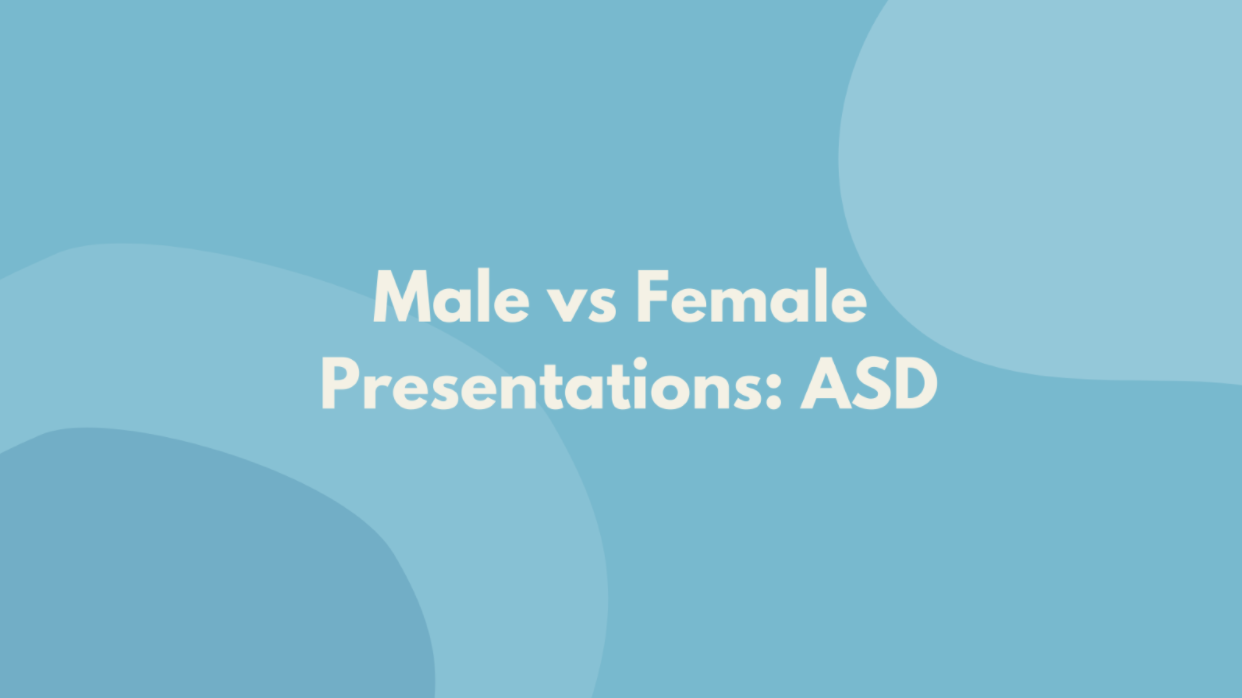
Autism Spectrum Disorder (ASD) is a neurodevelopmental disorder with a male-to-female prevalence of 4:1. In 2022 there still seems to be misconceptions and stereotyping of individuals presenting with ASD. The main factor contributing to this is the sex differences in presentations of ASD in boys/ girls/ men/ women. For every 1000 women, approximately 60 are autistic, 12 of whom will be diagnosed by age 18, 48 who will not receive a diagnosis. There are many possible reasons why more males are diagnosed with ASD than females. Traditionally, the known presentations of ASD have been heavily associated with the male presentation, which has led to the 4:1 diagnosis ratio between boys and girls. Researchers have also discovered social, cultural, and genetic differences. For example, there is new genetic evidence for an underlying “female protective effect” which may mean they are more biologically shielded from developing ASD. But no matter your gender, what's most important is that you're receiving the support you need. Below are some of the most common differences found between males and females presenting with ASD. Males tend to... 1. Have more repetitive behaviours like rigid routines and hand-flapping 2. Have restricted, peculiar and overly-focused interests (e.g., schedules) 3. Struggle more with communication (e.g., slower speech, difficulties finding the right words) 4. Show less responsiveness to nonverbal communication (e.g., poor eye contact and prone to distraction) 5. Feel less need for social inclusivity, engaging in solitude activities 6. Externalise their emotions. As a result, they may be more aggressive, hyperactive, disruptive, and inappropriate Females tend to... 1. Feel more need for social inclusivity, engaging in 'social camouflage' or 'masking' 2. Have less repetitive behaviours and may appear to follow social norms 3. Have broader and socially acceptable interests (e.g., tv shows/music) 4. Struggle more with motor skills (e.g., clumsy coordination, difficulties skipping and writing) 5. Show more responsiveness to nonverbal communication (e.g., better eye contact and gaze following) 6. Internalise their emotions - As a result, they may be more passive and well-behaved yet anxious and depressed Below are some recommended resources we have found that may help to further educate our readers on ASD! Yellow Ladybugs Organisation @AutisticBlackGirl - Instagram @AutisticQualia - Instagram @Happy_nd_lady - Instagram

